Artificial Intelligence (AI) is revolutionizing industries worldwide, and the insurance sector is emerging as a prime beneficiary of this technological transformation. With mounting pressure to improve efficiency, reduce operational costs, and enhance customer experiences, insurers are increasingly turning to AI-driven solutions.
Read more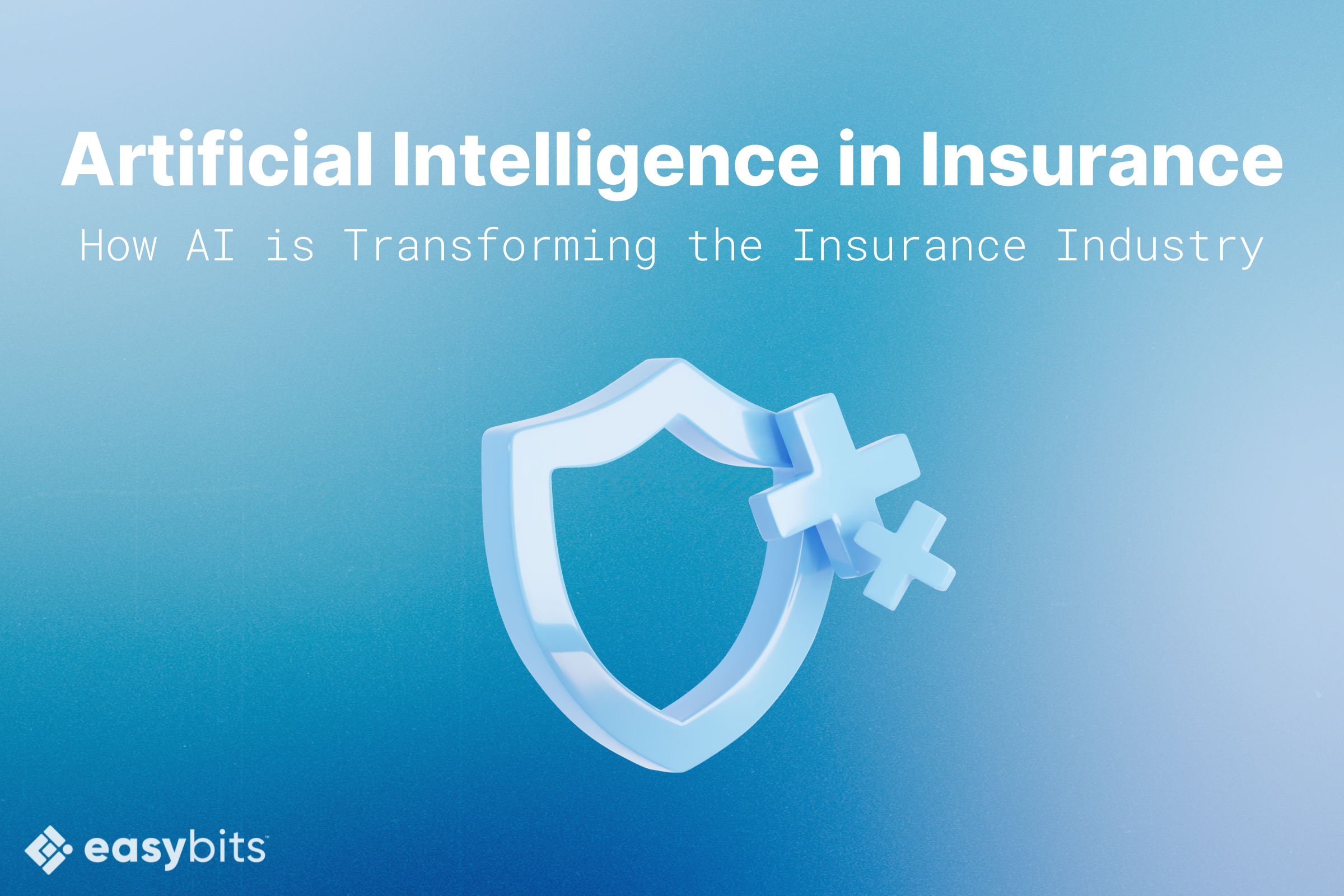

In today’s competitive market, businesses must prioritize creating exceptional customer experiences to stand out. But what exactly is customer experience, and how can you enhance it to benefit your business? In this guide, we will delve into the definition of customer experience, explore the digital aspect of it, and provide actionable strategies for improvement.
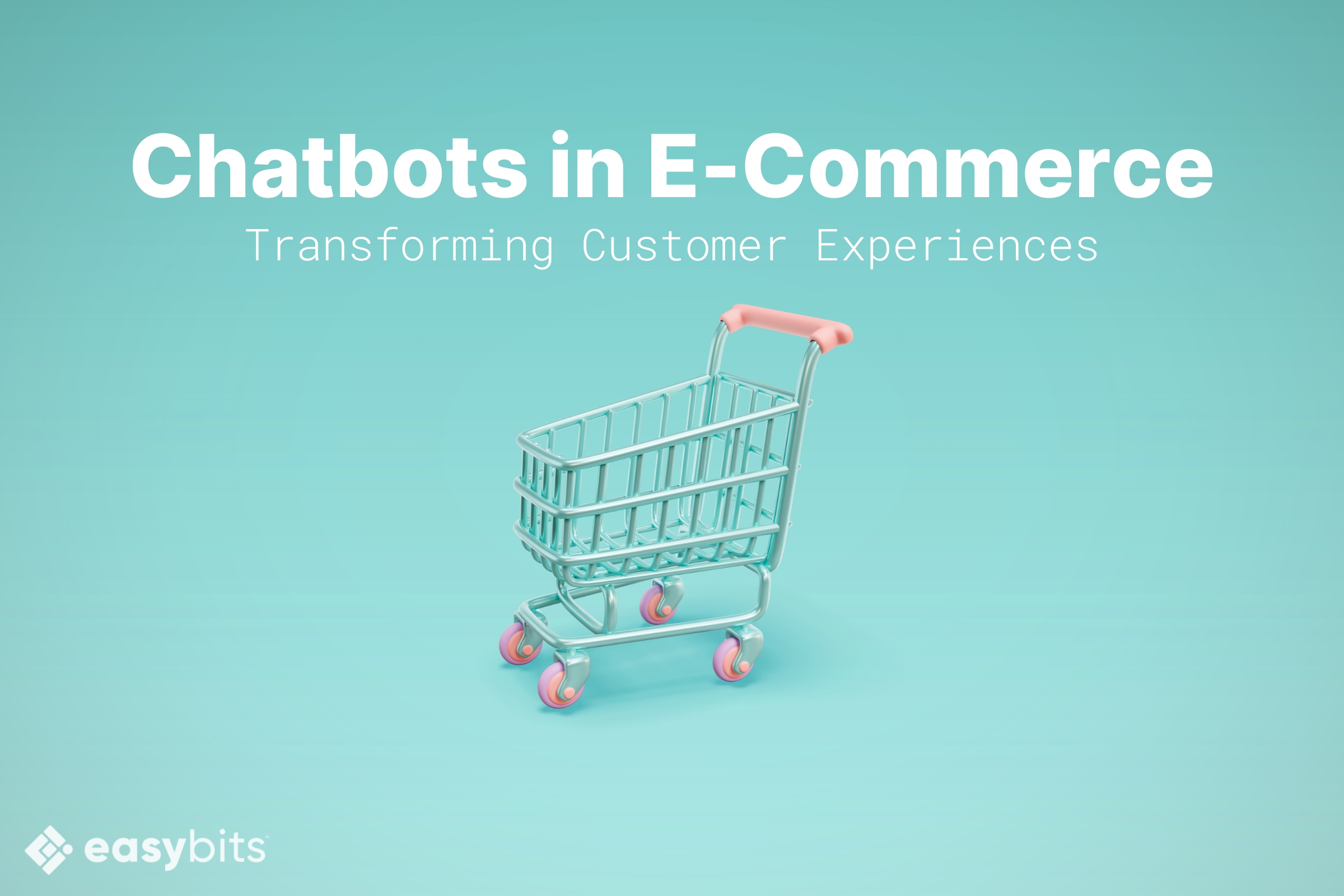
In today’s e-commerce landscape, chatbots have become indispensable tools for enhancing customer experiences and streamlining operations. With 35% of consumers already purchasing items with the help of a chatbot and over one-third ready to take a bot’s advice for their shopping needs, the impact of chatbots is undeniable.
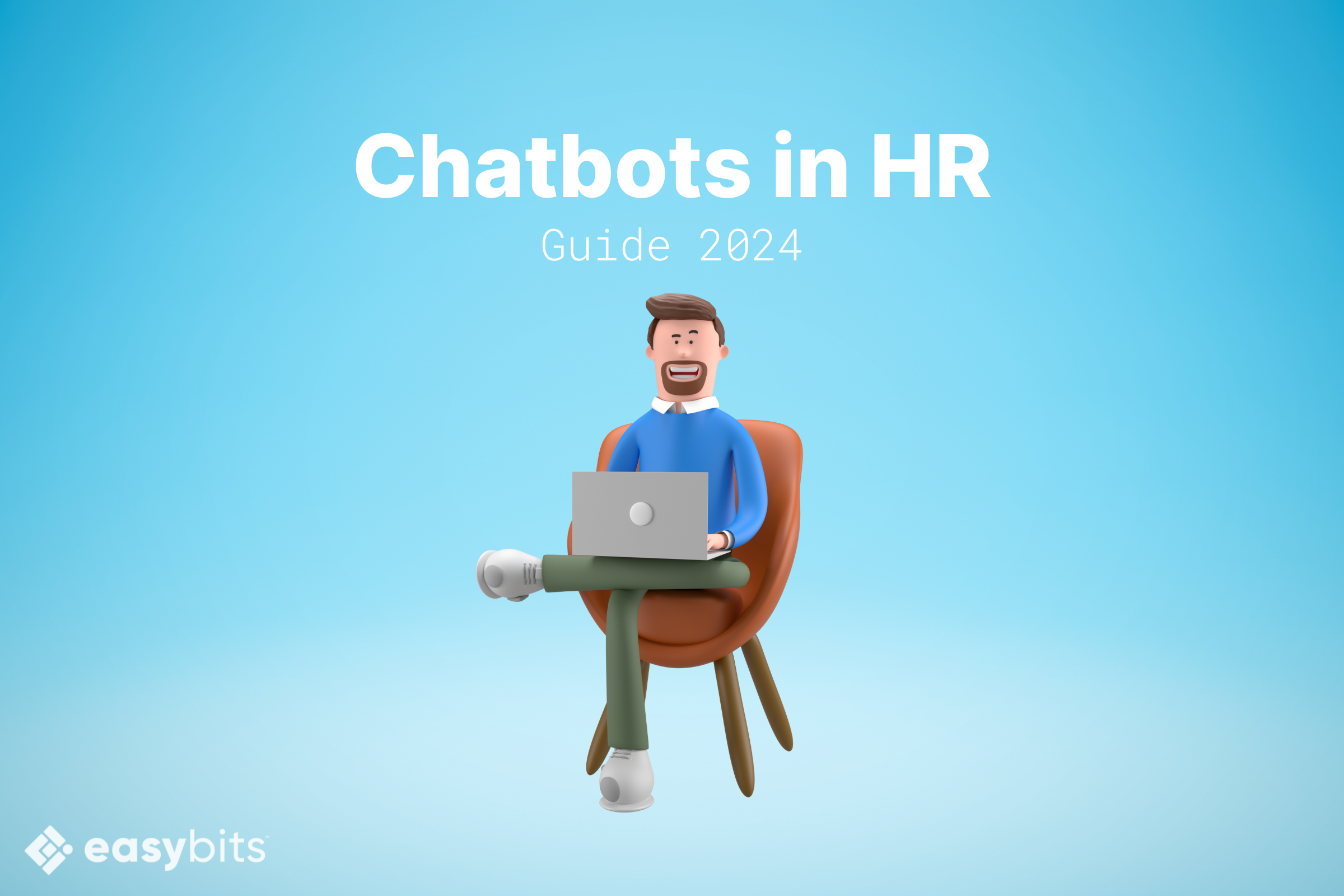
In today’s digital age, HR departments are increasingly turning to technology to streamline operations, reduce administrative burdens, and improve employee engagement. With the high demand for skilled professionals and the growing trend of job hopping, employee retention has become more challenging, pushing HR teams to adopt innovative solutions.

In the rapidly evolving landscape of customer service, chatbots have become an indispensable tool. In fact, 73% of buyers now expect websites to feature digital assistants for convenient interactions. No longer limited to basic scripted interactions, modern chatbots are sophisticated, AI-powered agents capable of managing complex inquiries, delivering personalized experiences, and significantly enhancing customer satisfaction.

What is Retrieval-Augmented Generation (RAG), why does it stand out as an innovative framework? By integrating external knowledge, RAG enhances large language models (LLMs), allowing them to deliver more precise, current, and dependable responses. Together let us explore how RAG is transforming our interactions with AI.
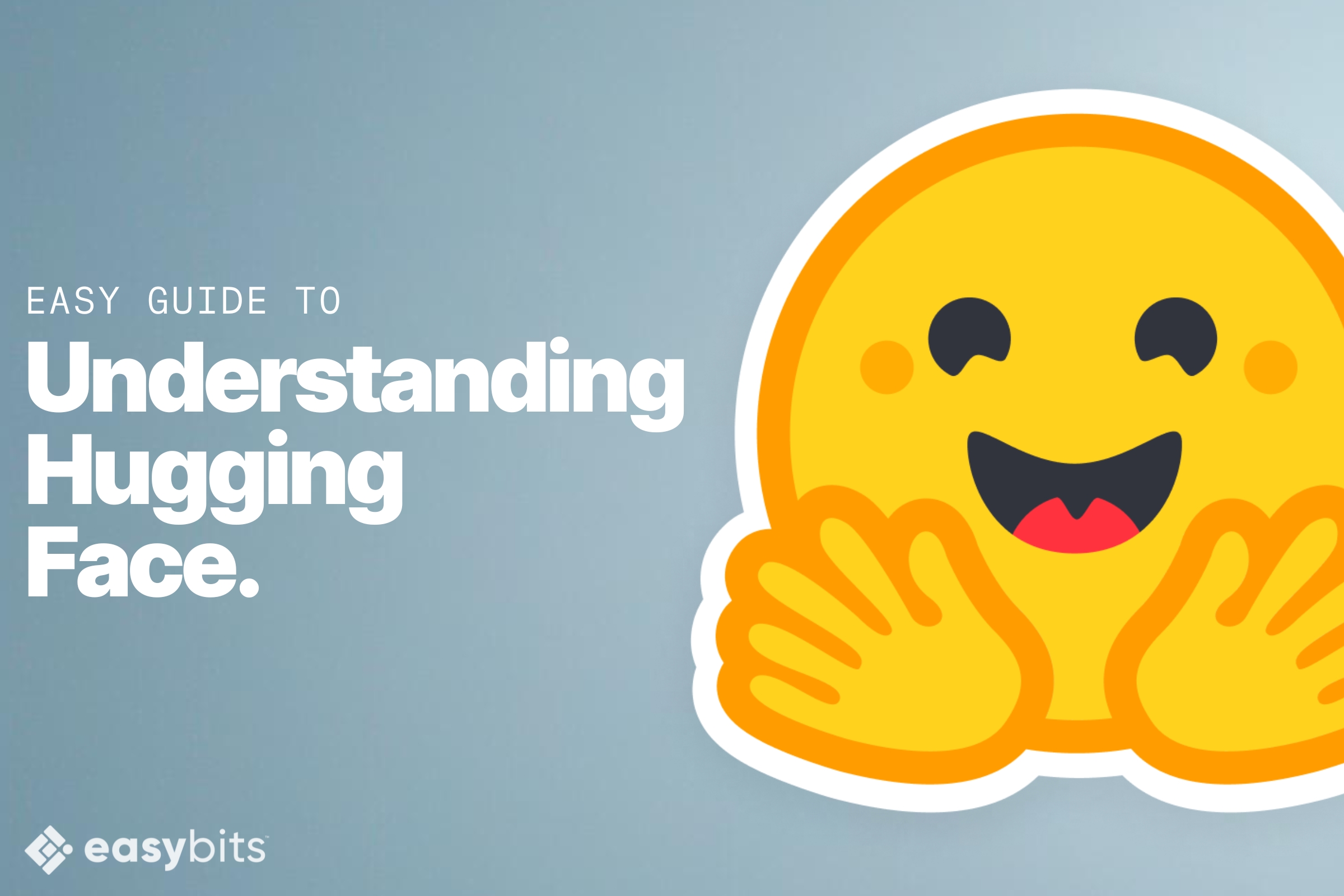
Hugging Face stands out as a versatile platform offering multiple tools and resources for handling unstructured data, spanning text, images, videos, and audio. I wanted to make it less intimidating for people not familiar with Hugging Face to dive into what makes Hugging Face so unique and explore its innovative features and practical applications that are reshaping the landscape of AI development.

Artificial intelligence (AI) in educational settings, especially in STEM (Science, Technology, Engineering, and Mathematics), signals a transformative shift in learning approaches. Platforms like easybits.tech emerge as part of this change, making STEM education more inclusive, engaging, and hands-on, thus demystifying the complexities associated with coding and advanced technology. This democratization of machine learning (ML) models not only makes them accessible to children but also kindles their interest in the vast world of STEM.

Hugging Face is charting new territories in artificial intelligence with its vast array of open-source tools. Though its full potential is yet to be widely recognized, my fascination with this field led me to explore five of Hugging Face's most impactful tools. I embarked on a journey to investigate five standout tools from Hugging Face, examining their features, underlying technology, user interactions, and their signficance.

The rapid advancement of artificial intelligence (AI) has led to significant developments in various fields, including the creative arts, technology, and business. However, these advancements have also introduced complex legal and ethical challenges, particularly concerning copyright and regulatory frameworks. This article explores the intersection of AI, copyright law, and the new regulatory landscape, focusing on the EU's AI Act and its implications for open-source AI while comparing it to the United States, as well as the challenges posed by AI-generated content in the realm of copyright.

With easyface's - (easybits' Hugging Face Telegram integration), creating a distinctive brand identity has become more straightforward and accessible. Anyone regardless of their coding skills, can utilise generative AI through the communication interfaces they use daily. This easy accessibility offers a valuable resource for improving brand presentation.

Generative AI is making waves across numerous industries, one of its standout uses being image generation, a field I regularly engage with through my work with easyface. The potential of generative AI to transform industries is especially fascinating, particularly within the stock photography sector, known for its ability to withstand disruptions. The integration of generative AI marks the latest chapter in the industry's ongoing evolution.

The fusion of Artificial Intelligence (AI) with art marks a transformative journey from basic foundational models into today's more refined models. This evolution, fueled by open-source contributions, has changed how we think about creativity. Behind major technological leaps, AI in art has made creative visualization more accessible and opened up a new world where words turn into vivid images, reshaping the possibilities of what anyone can achieve in the digital art space.
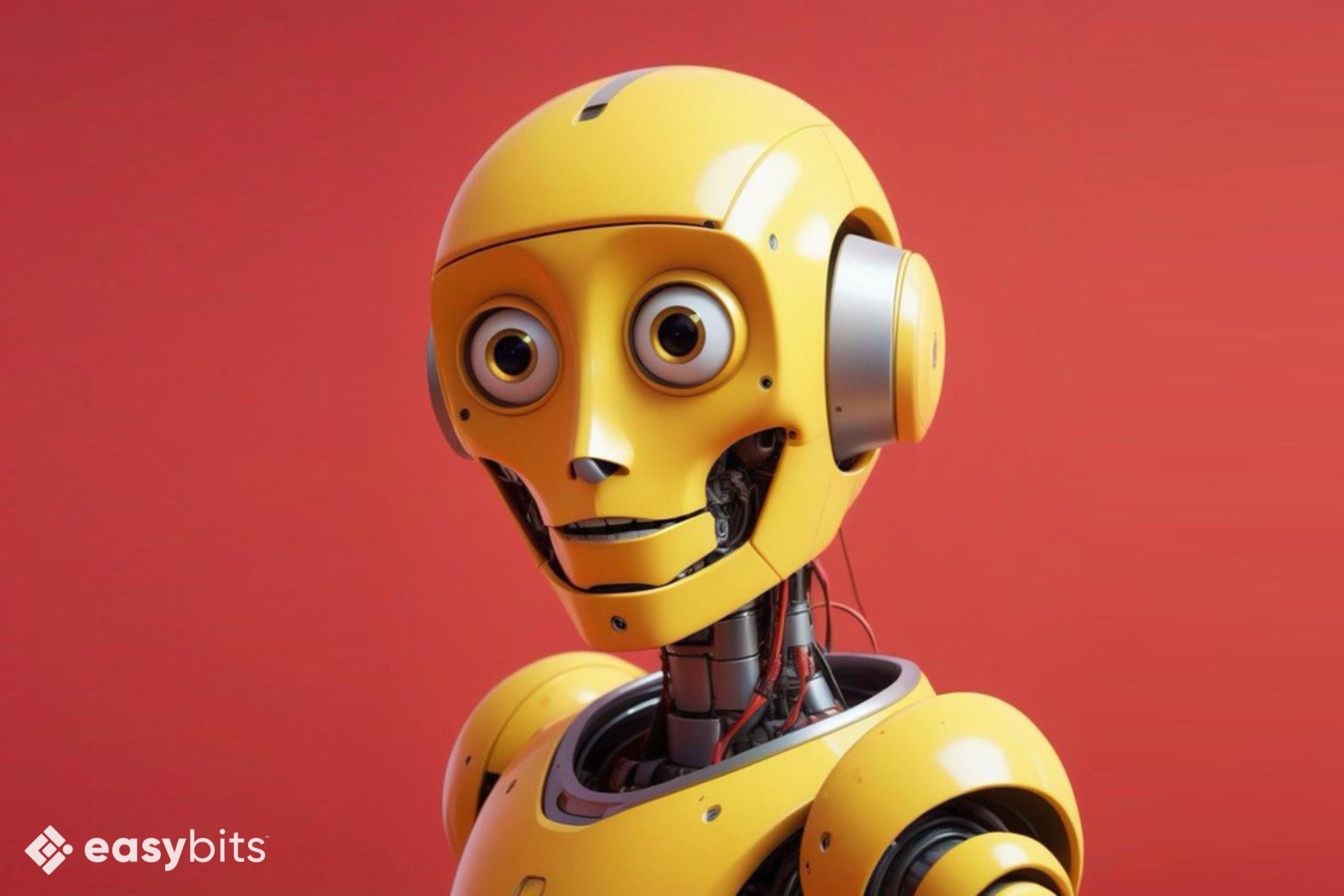
We are in an age of artificial intelligence (AI) influencing our approach to creativity, is one of many tools playing a part in disrupting the brand design ecosystem. This has become defined by democratised access, lower overheads and speed when it comes to developing brand identities. Through the easybits platform, easyface was designed to make high-end ML powered design accessible to a wider audience, highlighting our belief that the power of AI in branding is not limited to those with extensive coding knowledge or design experience.